Staying hydrated and energized on a long trek can turn an exhausting adventure into an enjoyable one.
The right hydration strategies, snacks, and timing make a huge difference when you’re racking up those miles.
I’ve learned that the basics can get overlooked fast, especially when trails get tough or weather mixes it up.
Here, I’ll break down practical hydration tips, snack suggestions, and how to balance water and fuel so you get the best out of your hiking or backpacking days.
Let’s jump into the essentials for a safe, strong trek.
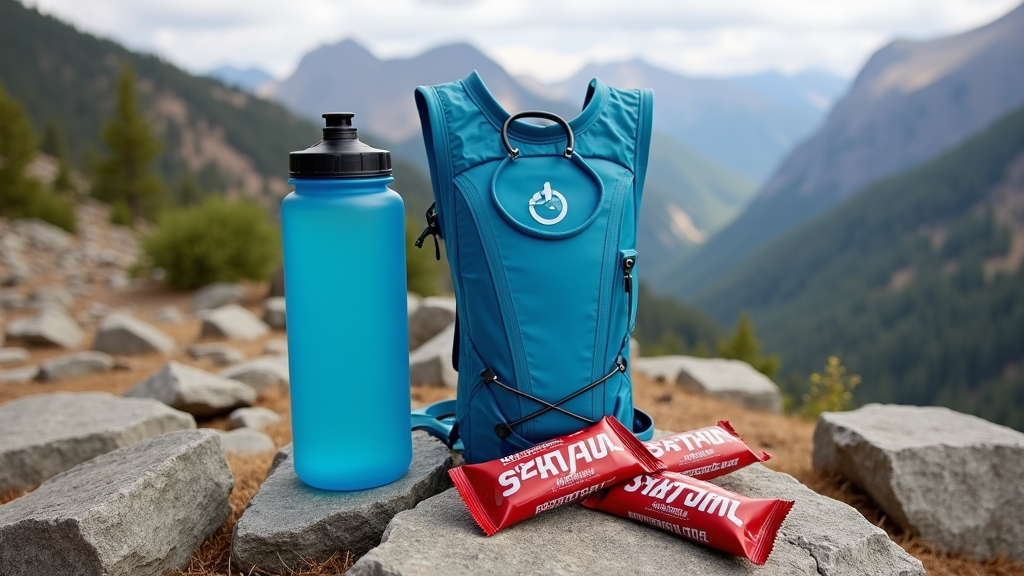
Why Hydration Matters on Long Treks
I’ve experienced first-hand how a lack of water can ruin a trek.
Foggy thinking, heavy legs, and even cramps make each step harder. Water is super important for energy, muscle function, and temperature control.
Even a small dip in hydration slows reaction times and saps strength, especially as climbs or heat ramp up. If you’re trekking in high-altitude, dry or cold environments, your hydration risk gets even higher.
On longer hikes, you may not notice thirst until you’re already getting dehydrated.
Relying on that “thirst signal” isn’t always a safe bet, so having a plan is a smart move.
If you ever feel your energy dipping unexpectedly, dehydration is often behind it.
so, How to stay hydrated on long hikes?👇🏽
Planning: How Much Water Should You Bring?
-A good starting point for most hikers is about half a liter (roughly 16 oz) of water per hour of moderate hiking.
-If it’s really hot, extra dry or you’re pushing hard, bump that amount up. In the high mountains or deserts, It’s smart bring more—sometimes closer to a liter per hour if sweat is constant and the air is bone dry.
-Pack weight, trail difficulty, and humidity also play a big part in how much you’ll need.
-Always check if there are water sources along the trail and make note of reliable filling spots in your map app or guidebook.
-It’s also smart to ask other hikers or check trip reports about water reliability before heading out.
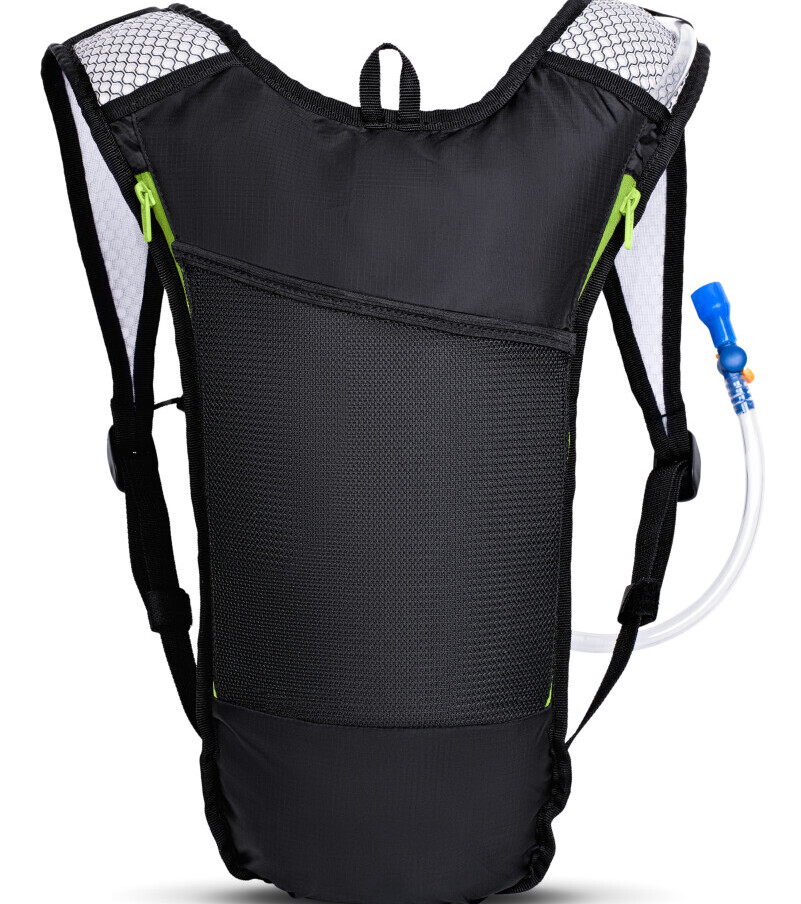
Hydration Gear: Choosing the Right System
Carrying water doesn’t mean just tossing bottles in your bag anymore. Here are a few setups you can put to work on different treks:
Hydration Bladders:
I know! a ‘Hydration Bladder’ sounds ‘icky’ to begin with🫣, whoever decided to name it that i wonder?
- However, just trust me on this these flexible reservoirs are great.
- They come with a hose, so you can sip water handsfree while walking.
- They fit into most hiking packs and encourage steady sipping, which helps avoid those gulps-once-an-hour habits.
- They’re great for people who forget to drink enough.
Water Bottles:
- Hard bottles (like Nalgene or stainless steel) are sturdy and easy to refill on the go.
- They work better for cold weather, because hoses can freeze.
- Bottles make it simpler to track exactly how much you’ve had.
Collapsible Bottles:
- Lightweight and space-saving, these work best for ultralight or fastpacking missions.
- They’re nice for backup water storage near camp, and can easily squish down when empty.
Plenty of hikers carry a mix: a bladder for steady drinking and a bottle for backup or electrolyte drinks.
Whatever you choose, check it for leaks before you head out.
If cold is in the forecast, consider packing your water upside down since ice forms at the top first, keeping the nozzle clear.
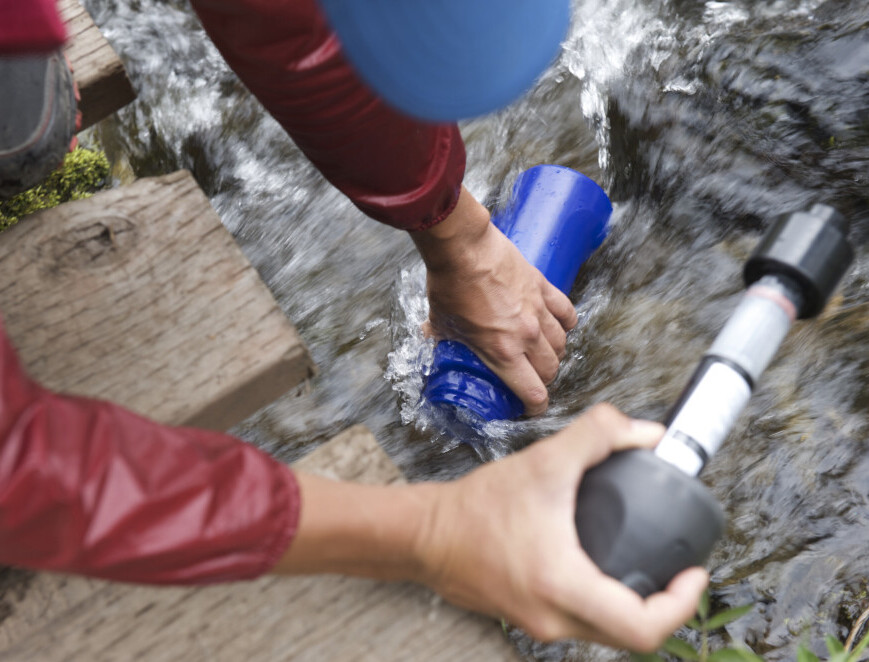
Water Purification Methods for Hikers
Access to water sources can make or break a trek. On multiday or remote trips, treating water is a necessary & regular part of a hiking kit.
Here are your basic choices:
Filters:
- Handpump, squeeze, or bottle-integrated filters remove bacteria and protozoa.
- They’re pretty handy for most North American and European trails.
Purification Tablets:
- Lightweight options that neutralize viruses and bacteria, but they add a chemical taste and require waiting time (often 30+ minutes).
UV Light Purifiers:
- These zap water with UV light and work quickly (often under a minute per bottle).
- However, you’ll need batteries and clear water. I always recommend carrying a Solar-powered power bank.
Always pick the method that matches trail conditions and group size.
Filters should ne you go-to for reliable, flowing streams.
Tablets should stay in you first aid kit as a backup.
If the route involves murky water, prefilter using a bandana or coffee filter helps keep the gear working well.
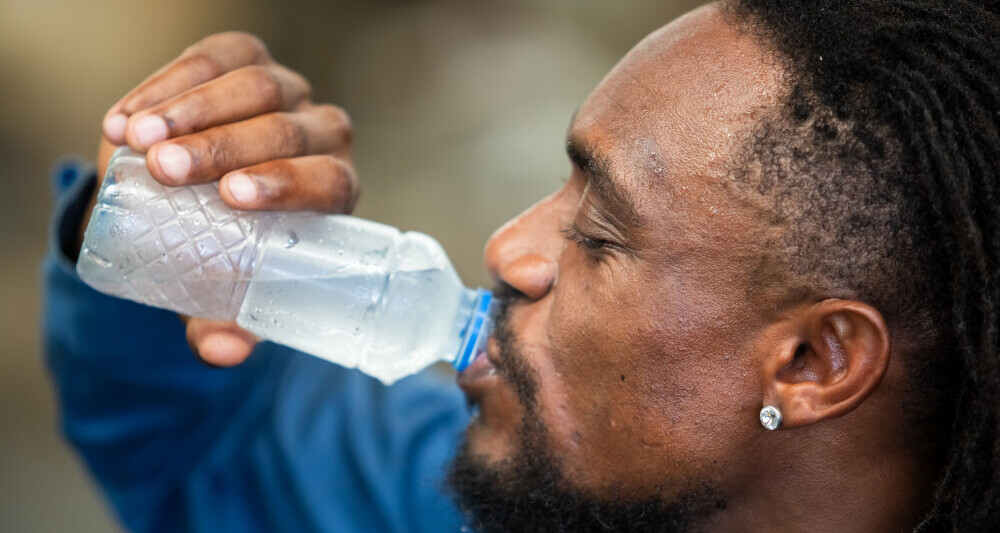
Signs of Dehydration and Overhydration on the Trail
Staying aware of your body is really important. Here’s what to watch for:
Dehydration:
- Early signs can be feeling thirsty, getting a dry mouth, headache, dizziness, dark urine, or muscle cramps.
- If you’re losing focus or feeling off balance, you’re probably overdue for a water break.
- In intense heat, dehydration happens quicker, so keep an eye out especially when the weather changes suddenly.
Overhydration (Hyponatremia):
- This happens when you drink a lot of water but don’t replace salt or electrolytes.
- It’s less common than dehydration, but can be risky.
- Signs include nausea, confusion, swollen hands or feet, and headache.
- Make sure to add electrolyte drinks or salty snacks if you’re drinking a plenty of plain water, especially on hot, sweaty days.
Being aware of these signs helps you take action before things get out of hand, keeping your adventure safer and more enjoyable.
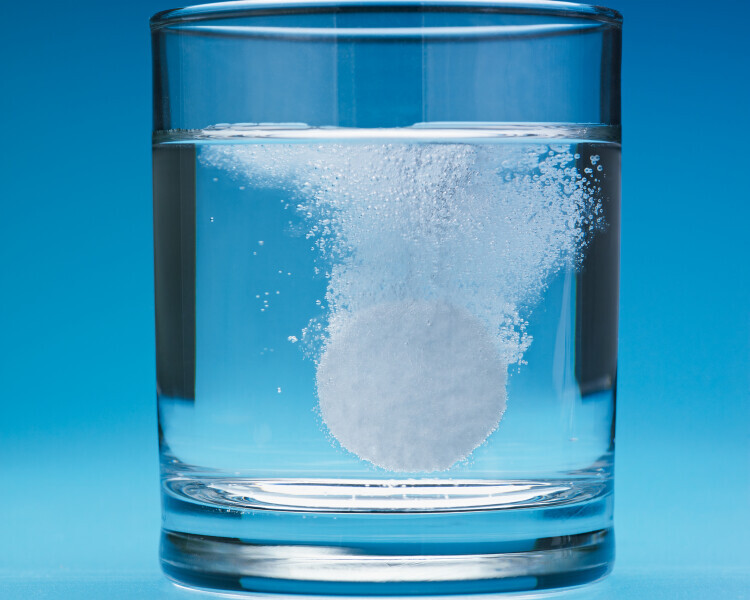
Electrolytes: Why and How to Replace Them
On long treks, your body loses more than just water.
Sweating, especially in heat or at altitude, means salt, potassium, and other minerals leave your system.
Without replacing these, cramps, weakness, and brain fog can sneak up.
Sports/Electrolyte Drinks:
- Small packets or tablets you mix into your water are my favorite.
- They don’t take up much space and can quickly handle those salty needs.
- Having a flavored drink also encourages you to drink more, which is helpful when appetite is low.
DIY Electrolyte Mixes:
- I also recommend to pack a homemade blend:
- A pinch of salt, a little sugar, and a splash of lemon or lime.
- Lots of hikers toss in baking soda for extra sodium, but my blend is simple and works just fine for moderate hikes.
- These mixes also cost less than commercial tabs.
Salty Snacks:
- Pretzels, salted nuts, or jerky do double duty as energy and electrolyte boosters.
- Cheese crackers or trail mix with dried fruit and seeds are great for variety.
Don’t forget: If you’re sweating heavily, you’ll want to eat something salty or drink an electrolyte beverage every couple of hours, just like you’re refueling a car along the drive.
How do you keep energy while hiking?
Energy Boosters: Smart Fuel for Stamina
Long treks demand a steady flow of calories. Small, regular snacks keep energy up and help avoid that lunchtime crash. Here are some options that work well for me:
- Energy Bars: Compact and calorie-dense, they’re quick to eat while moving. Look for whole ingredients like oats, nuts, and seeds. Make sure some sugars are included for rapid energy, paired with fats for lasting power.
- Energy Gels vs. Bars: Gels pack a quick hit of carbs and are useful for a boost in the last mile. Bars are more filling and often have protein and fat for longer lasting energy during the day.
- Fruit: Dried apricots, figs, or dates deliver sugar and some fiber. Fresh fruit like oranges and watermelon are amazing if you don’t mind carrying the weight. They hydrate and fuel you and add a burst of flavor.
- Jerky (meat or plantbased): Delivers protein and salt, and lasts a long time without refrigeration. Great for protein boosts midtrek.
- Nut Butter Packets: Almond or peanut butter packs give useful protein and longlasting energy, and don’t weigh much. They are easy to eat on the go with crackers or an apple.
Aim to eat something every 60 to 90 minutes, even a bite or two, to keep blood sugar steady. If at high altitude, snack breaks get even more regular since the body works harder to process both food and water.
Hydration Strategies for Special Conditions
High Altitude Treks
- Air is drier and breathing is harder at high elevation.
- Drink more often to help with acclimatization, sometimes up to 1.5 times your usual intake.
- Layer in extra electrolytes and keep caffeine moderate since it can increase fluid loss in some people.
- Adding more snack breaks is key since high elevations burn through energy.
Cold Weather Hikes
- Just because it’s cold doesn’t mean you’re safe from dehydration.
- Cold air means more water loss through breathing, and thirst cues can drop off.
- Force yourself to sip regularly and keep water close to your body (like inside a jacket) or wrapped for insulation so it doesn’t freeze.
- Warm drinks like tea or broth are also nice morale boosters in freezing weather.
Desert Trekking
- Super dry air and direct sun can scorch energy fast.
- Water needs are much higher, It’s best to scout all water sources ahead of time.
- Extra salty snacks are your friends, as sweat is constant and so is electrolyte loss.
- Wearing a hat and cool clothing helps reduce fluid loss too.
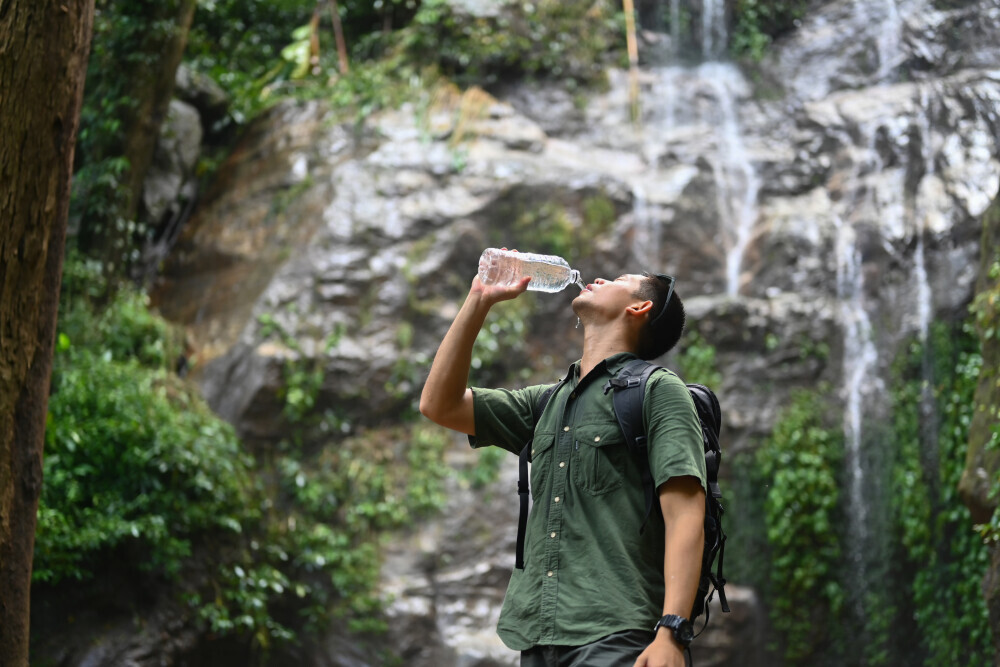
Pre and Post-Hike Hydration
Pre-Hike:
- Aim to start fully hydrated, sipping water with your breakfast and topping up electrolytes if it’s already warm outside.
- Doing a hydration “check” before leaving (light colored urine, feeling energized) helps prevent problems later.
Post-Hike:
- A recovery drink with protein and a little sugar helps bounce back fast.
- Chocolate milk, DIY smoothies, or a basic sports drink all work.
- Replacing lost fluids and electrolytes cuts down on soreness and tiredness later on.
Common Hydration and Energy Myths
Myth: Clear urine = perfect hydration.
- I know I know, Its a little nit TMI, but this is important info, so bear with me.
- Not totally true. Urine can be clear after lots of plain water, but may still mean low sodium.
- Aim for very light yellow as your best marker. Very frequent urination can signal you’re overdoing it.
Myth: You can store water by “preloading.”
- You can hydrate your body early, but overdrinking can actually dilute electrolytes.
- Stick to sipping and topping up electrolytes for best results. We aren’t camels after all!😅
Myth: Caffeine always dehydrates you.
- Moderate caffeine drinks don’t cause dehydration for most people, especially if you’re used to them.
- Just don’t rely on them as your only fluid source, and balance them with water or electrolyte drinks.
FAQs About Hydration and Energy on Long Treks
Q: What’s better for long hikes: water bottles or hydration bladders?
A: Both have perks. Bladders are handsfree and save space, while bottles let you track intake and are less likely to break or freeze in the cold.
Using both is good so you’re covered if something springs a leak or a hose freezes up.
Q: How can I make a simple electrolyte drink on the trail?
A: Just mix a pinch of salt, a spoonful of sugar, a squeeze of lemon or lime juice, and clean water.
It’s affordable, quick, and easy to tweak for personal taste. This mix keeps you going in between commercial sports drinks.
Q: How do I know if I’m staying hydrated enough?
A: Watch your thirst, check your urine color, pay attention to how you feel, and snack on salty foods or use electrolyte tabs if sweating a lot.
If you feel tired, dizzy or have a headache, revisit your fluid and snack routine.
Being aware of your energy and mood is often the best early warning.
Natural Energy Foods and Hydration Boosters
- Best Fruits: Oranges, watermelon, apples, and grapes all hydrate and give carbs. If extra bulk isn’t a worry, they’re uplifting and taste really good cool in the wild.
- Other Natural Snacks: Trail mix with dried fruit, seeds, and nuts, homemade granola bars, and roasted chickpeas are great for portable fiber and energy. Pumpkin seeds and sunflower seeds can also add a burst of minerals and fats.
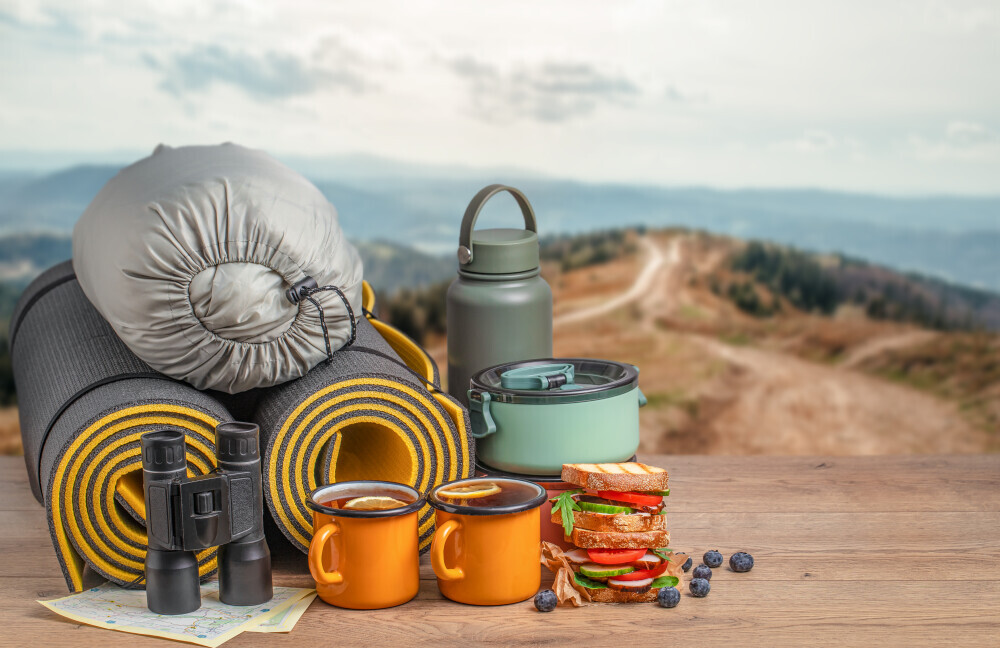
Final Thoughts
Smart hydration and snacking routines can help any trekker feel stronger on the trail.
Choosing the right gear, knowing water stops, and swapping in salty snacks or electrolyte boosters keep energy and mood high.
By planning ahead and listening to your body, you’re far more likely to finish strong and make the most of every adventure.
Every trek brings its own challenges and rhythms, so keep an eye out for what your body needs and adjust as needed. Happy hiking!
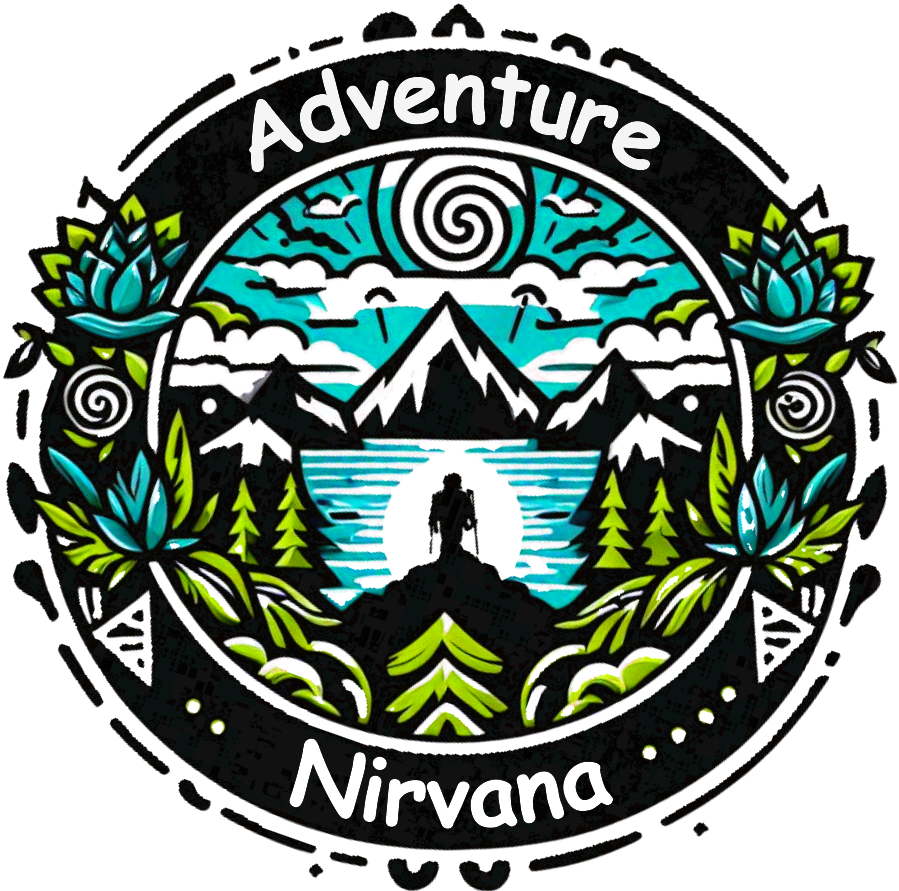
Staying properly hydrated and fueled on long hikes has made a huge difference in how I perform and recover. I’ve learned to start hydrating the day before and continue sipping water regularly instead of waiting until I feel thirsty. Energy-wise, combining complex carbs like whole grain wraps with protein-rich snacks such as jerky or nut butter gives me steady stamina. I also carry electrolyte tablets, which help a lot in hot or humid conditions. On particularly strenuous treks, I’ve noticed that pacing my food intake, small bites every hour, keeps my energy more stable than stopping for one big meal.
Yes Slavisa, that’s one of the best ways to do it, it’ll keep you energized and you’ll be able to keep going longer without pig potential risk factors!
Yo Muhammad!
Thanks for dropping that article on staying hydrated and energized on long hikes. For real, it hit different.
I vividly remember this one brutal hike where I messed up big time with my water and snacks. By lunch, I was dragging, super dizzy, and just plain cranky. Never again!
Now, I always rock a hydration bladder so I can sip whenever, plus extra water bottles just in case. And I never, ever forget my salty trail mix! Those little bits of energy are a lifesaver.
That tip about electrolyte tablets or making your drink mix was clutch, too. I’ve been doing that on those super sweaty hikes, and it’s changed the game. No more muscle cramps, dude!
Anyway, it’s awesome to swap hiking stories and tips. There’s always something new to learn from other trekkers. Hope your next hike is epic – and that you stay perfectly hydrated out there!
Eric
Hey Eric,
Glad you liked it! thanks, hope yours is amazing too!